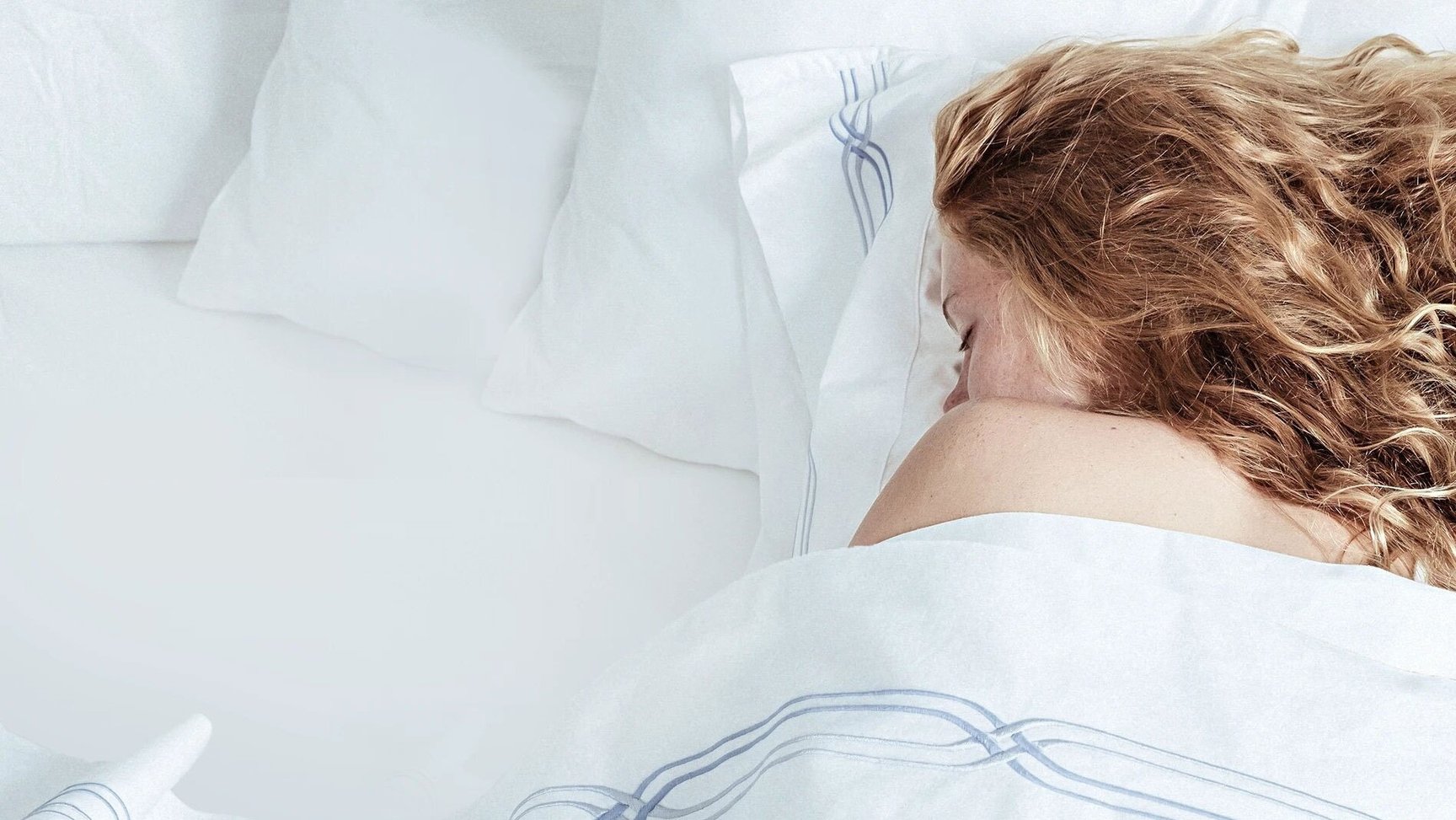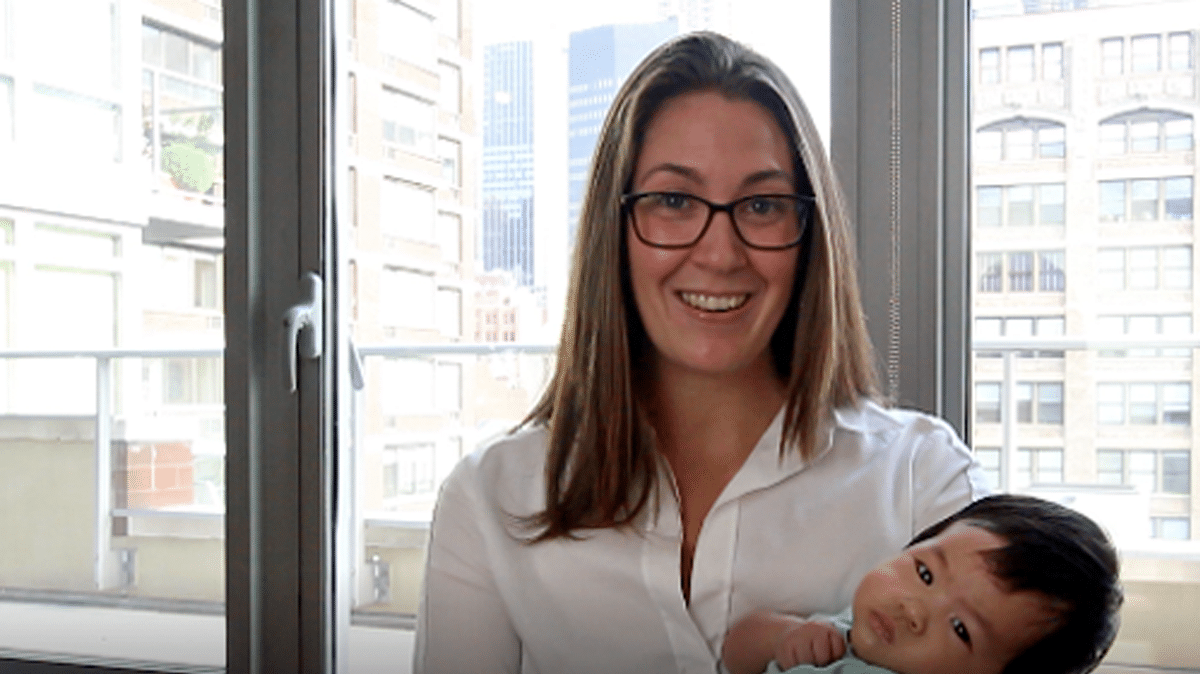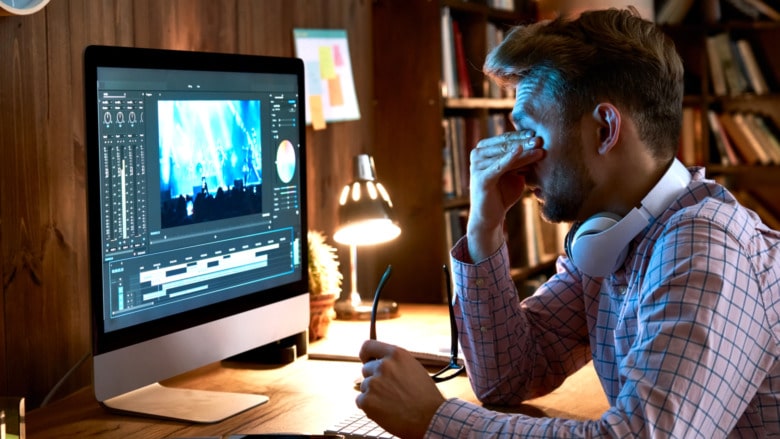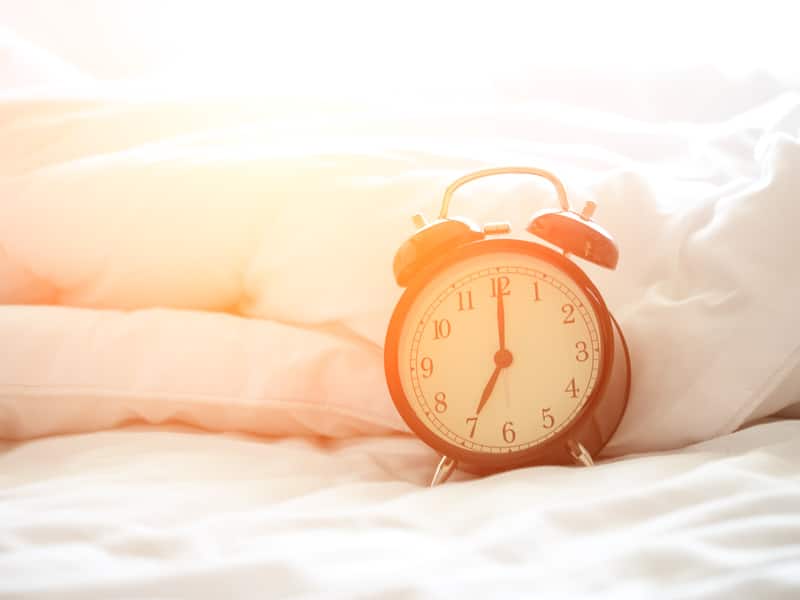
How White Noise Helps You Sleep
You know that a good night’s sleep is essential for your health. You need it for mental clarity, energy, a brighter mood and decreased risk of health issues such as weakened immunity, cardiovascular problems, diabetes, obesity and high blood pressure.
But knowing you need sleep and actually getting it are two different things. Almost one-third of American adults don’t get the seven to nine hours of sleep recommended each night. That could be due to a medical condition, such as insomnia, sleep apnea or restless leg syndrome. Or it could be the result of poor sleep habits, such as drinking alcohol before bedtime, staying up too late or watching TV in bed.
Most people try to find solutions that help them sleep well. Maybe it’s nighttime meditation or an over-the-counter or prescription sleep medication. One popular option is relying on white noise for sleep. But that doesn’t mean any type of noise will do.
What is White Noise?
Sound waves have two attributes that are integral to understanding what white noise is:
- Amplitude: The power or size of a sound wave
- Frequency: How often a wave vibrates during one second
White noise encompasses every sound wave frequency that the human ear can hear. All of them are played at the same amplitude for an even, consistent volume level across the spectrum.
Does White Noise Help You Sleep?
Using white sound for sleep benefits you because it blocks any other noises. This is helpful if you live in an area where many loud noises can keep you awake at night—for instance, if you live on a busy street or an apartment building with noisy neighbors. On the other hand, a deafening silence can also prevent people from sleeping. White noise provides a sound that breaks the silence without disrupting your sleep.
A white noise machine also creates a calming ambiance that’s conducive to sleeping. The even tone produced by the machine soothes the brain and prepares it to enter sleep mode. Because it’s consistent in amplitude, white noise may help the estimated 30% of Americans who suffer from insomnia and have trouble falling and staying asleep.
Pink Noise vs. White Noise
White isn’t the only “color” of noise. There are several, which vary depending on changes in frequency and amplitude. One of the other common choices for sleeping is pink noise.
Pink noise changes the volume of sound waves according to frequency. The result isn’t one consistent tone but rather a blend: louder sound at lower frequency, quieter sound at higher frequency. Research indicates that pink noise can help the brain slow down, making it easier to fall asleep and get a better quality of sleep. If you want background noise for sleeping, you may want to test both pink and white noise machines to find which one you prefer.
Creating a Healthy Bedtime Routine
The best white noise for sleep is generally produced by a machine. Some people may use a running fan to make white noise, but the tone may not be truly consistent like white noise from a machine. It’s worth noting that some people caution against using any kind of noise machine if you’re not using it to cover ambient noise. If you decide to use a white noise machine, try incorporating it with these other healthy nighttime habits:
- Go to bed at the same time each night.
This helps “train” your body to acclimate to a set bedtime each night, making sleep come more easily.
- Avoid using electronics at least an hour before bedtime.
Blue light can disrupt the circadian rhythms that govern your sleep/wake cycle.
- Avoid alcohol or caffeine in the hours before going to sleep.
A glass of plain water won’t disrupt your sleep like caffeine or alcohol will. If you’d rather have a warm drink, try a calming (and decaffeinated) herbal tea.
- Relax the body and mind.
Slow down after a busy day to ease the transition to sleep. Unwind with a few minutes of yoga, deep breathing exercises or meditation.
- Exercise during the day to rest at night.
Data shows that physical activity improves sleep quality and helps people with sleep disorders.
- Make your bedroom sleep-friendly.
The right atmosphere promotes peaceful slumber. Set your thermostat between 60 to 67 degrees, get blackout window coverings to prevent light from coming in your bedroom and use soft, cooling sheets for a blissful night of sleep. Remember to turn on your white noise machine if you’re using one!
Shop Elegant Strand for Beautiful Bedding
We’ve created the best bedding collections, with sheets, pillowcases and duvet covers to caress the skin with the finest cotton. Plus, we’ve engineered our bedding to be sumptuously soft and supremely durable, thanks to impeccable craftsmanship. Explore our products today.
Source: https://www.elegantstrand.com/

Don't just take our word for it.
We don’t take the term “sleep like a baby,” lightly. We know you don’t either. Want advice from a baby whisperer? Our sleep trainers understand.







